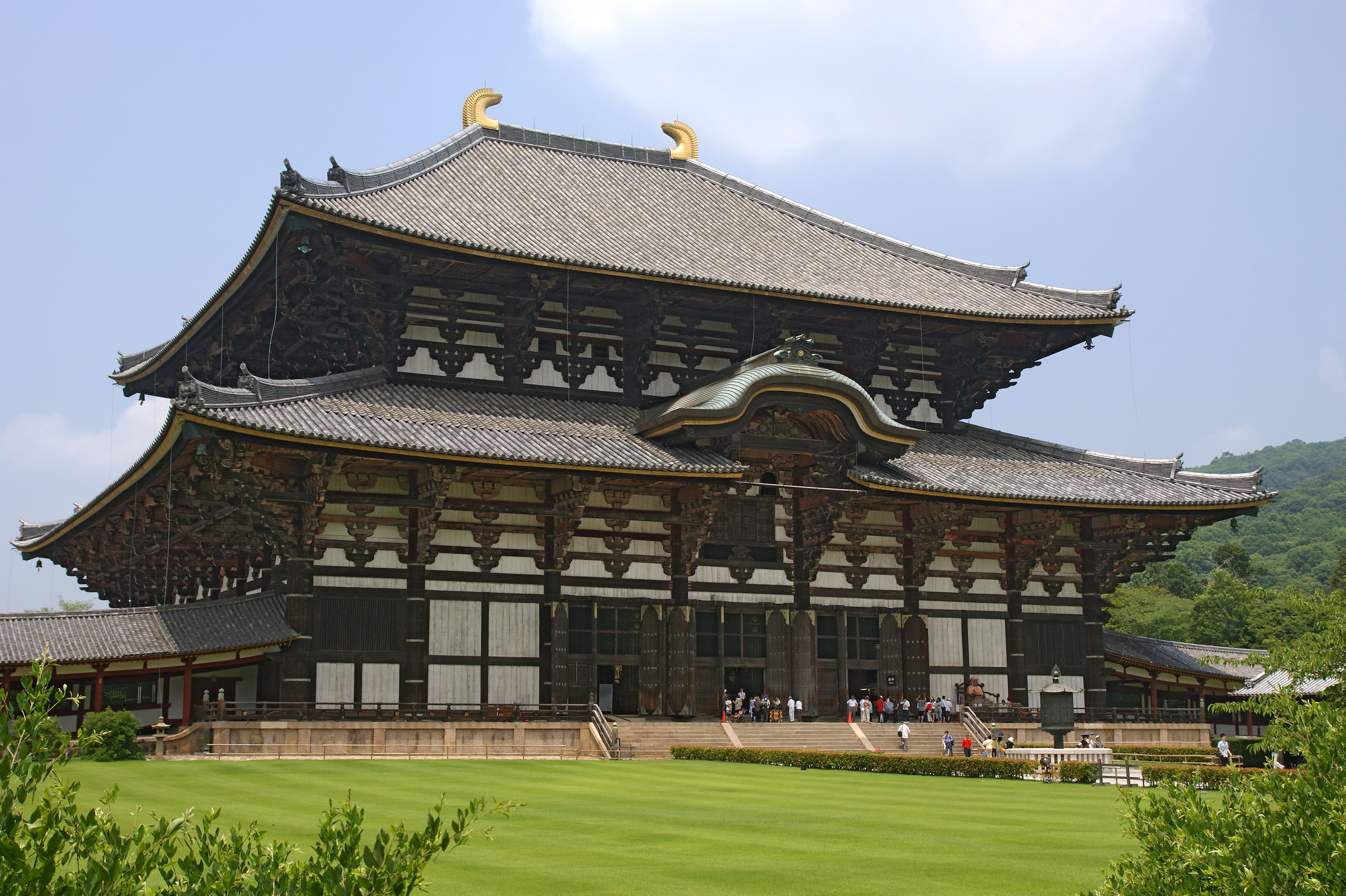Misuzu Kaneko (1903-1930)
Deep down in the blue sky
Like pebbles on the ocean floor
They lie submerged till dark comes...
Stars unseen in the light of day.
You can't see them, still they're there.
Even things not seen are there.
Petals drop and withered dandelions
Hidden in cracks between roof tiles
Wait silently for spring to come...
Their strong roots unseen.
You can't see them, still they're there.
Even things not seen are there.
(translated by D.P.Dutcher)
Image via wikimedia
What we can see with our eyes is not everything that exists. The invisible things do exist sustaining the lives of all the living things. They can be love, thoughtfulness, gratitude, attention, prayers, ......., people we don't know directly, or earth's atmosphere, soil, sunlight and other cosmic power which embraces all the things on the Earth. We tend to fail to appreciate or even notice why we are here and are able to live.
About the importance of the invisible things, some people would quote from Saint-Exupery's: "What makes the desert beautiful is that somewhere it hides a well." or "It is only with the heart that one can see rightly, what is essential is invisible to the eyes." I introduce "Hoshi to Tannpopo" as a Japanese example.
Misuzu Kaneko (1903-1930) is a female poet for children. I like it when she touches the truth of existence both animate and inanimate, gazing at them gently and compassionately. Her profound thoughts reach straight my heart because of her simple and plain words. I wonder if her soft spoken-Japanese like a gentle child is conveyed by translation to non-native speakers of Japanese.
I got to know her poems in 2003 when the centenary of her birth was commemorated. She passed away young at the age of 26.
 |
| Misuzu Kaneko's room |














